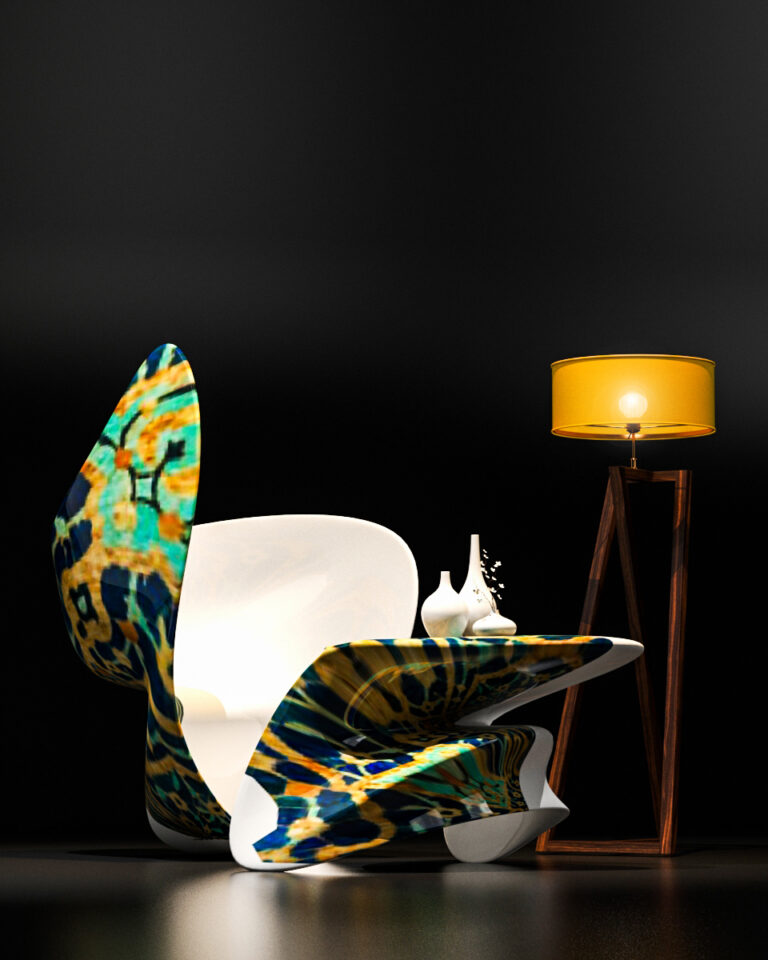
Scale and proportion are fundamental principles in interior design that contribute to visual harmony and balance within a space. Adhering to these principles ensures that spaces appear well-organized, aesthetically pleasing, and functional.
1. Scale in Interior Design
Scale refers to the size and dimensions of objects in relation to their surroundings. Choosing elements with an appropriate scale enhances visual balance and creates a comfortable environment.
1.1. Oversized Scale:
Using large elements such as grand chandeliers or bulky furniture can create a luxurious and dramatic effect, but they may feel overwhelming in small spaces.
2.1. Undersized Scale:
Small furniture in large spaces can make a room feel empty and unbalanced.
3.1. Human Scale:
Designing in proportion to human dimensions enhances comfort and functionality in a space.
How to Maintain Proper Scale in Interior Design?
- Choose furniture that fits the space: Opt for compact furniture in small areas and proportionate pieces in larger rooms.
- Maintain proper height and width relationships: Tables, chairs, and other furnishings should be proportionally aligned.
- Balance different-sized elements: Combining objects of varying scales can create visual interest, but overall harmony must be maintained.
2. Proportion in Interior Design
Proportion refers to the relationship between the sizes of different elements within a space. When elements are proportionate, the interior feels balanced and visually appealing.
Key Proportional Principles in Interior Design
1.2. Golden Ratio (1.618):
This mathematical proportion enhances balance and aesthetics. It is often applied in the arrangement of furniture and spatial layout.
2.2. Rule of Thirds:
Dividing a space into three horizontal and vertical sections and placing key elements at the intersections creates a visually pleasing composition.
3.2. 60-30-10 Rule in Colors:
A balanced color palette typically consists of 60% primary color, 30% secondary color, and 10% accent color.
How to Maintain Proportion in a Space?
- Ensure furniture is proportionate to the space: A large sofa in a small room or vice versa disrupts balance.
- Use proper curtain and ceiling height alignment: Floor-to-ceiling curtains can make a space appear taller.
- Combine different-sized elements harmoniously: Instead of using uniformly sized objects, mix various dimensions to create a dynamic yet cohesive design.
3. Difference Between Scale and Proportion
1.3. Scale :
refers to the overall size of an object in relation to the space.
2.3. Proportion :
focuses on the relationship between different parts of one object or between multiple objects in a space.
Example:
- A large dining table in a small room is an issue of improper scale.
- If the table height does not match the chair height, it is an issue of poor proportion.
4. Common Mistakes in Scale and Proportion
❌ Using oversized furniture in small spaces: This makes the room feel cluttered and cramped.
❌ Placing small furniture in large spaces: This creates an empty and disconnected look.
❌ Ignoring height coordination between elements: For example, a short coffee table next to a tall sofa disrupts proportion.
❌ Mismatched color and pattern proportions: Poorly balanced color schemes and patterns can create visual imbalance.
Conclusion
Scale and proportion are essential elements of interior design that influence balance and aesthetics. By applying these principles to furniture selection, color schemes, and layout, you can create a visually appealing, harmonious, and functional space.


No comments yet.